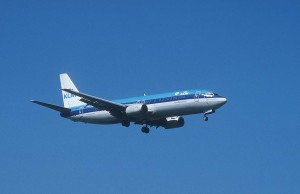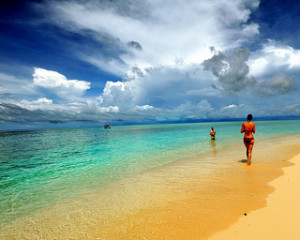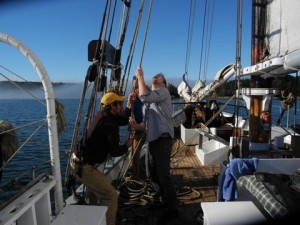health
In our last post, we posed ten questions that might affect your health and well-being as a traveler. Here are the answers:
1. The direction in which you fly may influence the severity of your jet lag. Other conditions being equal, which direction is most likely to produce bad jet lag?
Answer: B, West to east. When flying west to east, especially across America, you’re more likely to encounter darkness when you arrive, which helps disrupt the body’s “inner clock” (jet lag is caused by disorientation by crossing time zones, which exposure to light seems to ameliorate). Assuming no time zones are crossed, there’s technically no jet lag at all flying north-south or south-north, though you can still feel the ill effects of a long flight.
2. One good way to counter the effects of jet lag is to:
Answer: D… Continue reading
Jet lag, contaminated water, insect bites, infection, and injury away from home…the potential perils are enough to make some would-be travelers toss away those glossy brochures.
But knowledge, planning, and preventatives can help stave off many of travel’s unhealthy side effects — whether it’s flying fatigue, a nasty case of Togo two-step, or an emergency medical bill after you flip your whitewater raft in Nepal.
To test your knowledge of travel health issues, take our quiz.
1. The direction in which you fly may influence the severity of your jet lag. Other conditions being equal, which direction is most likely to produce bad jet lag?
a. East to west.
b. West to east.
c. North to south
d. South to north
2. One good way to counter the effects of jet lag is to:
a. Keep your watch set on “home… Continue reading
OK, so you need a hip replacement — lots of baby boomers do. Or you need a coronary artery bypass graft (CABG), another increasingly common surgery for the baby boom generation.
If you’re an American, you could get them done in the U.S. and run up bills upwards of $80,000 for the bypass procedure or $30,000 for the hip replacement, and hope your insurance or Medicare foots the bulk of it (if you have insurance or Medicare).
Or you could travel abroad and get the same medical treatments for a fraction of the price — and maybe even have a vacation to boot.
According to the book Patients Without Borders — Everybody’s Guide to Affordable, World-Class Healthcare, a CABG will cost you about $20,000 in Malaysia, while a hip replacement will run about $12,500.… Continue reading

The pool at Calistoga Spa Hot Springs in California’s Napa Valley. Photo from Calistoga Spa Hot Springs.
As we get older (yeah, I know, who wants to be reminded of that?), we need to focus more on our health: eating better, staying active, perhaps taking brisk morning walks or gardening.
I also ride an exercycle, handy for winter days in New York when I can’t ride my bike outdoors.
But travel can also play a big role. Wellness retreats, for instance, allow you to get away from your usual daily activities and focus on renewing your health.
Wellness retreats offer a wide variety of services to rejuvenate your mind and body. Most options are relatively inexpensive and provide an all-new way of relieving mental and physical stress.
From centers in the U.S. and abroad, you can find the ideal retreat to suit your needs — and… Continue reading
In my last post, I reported on the results of a study by the Global Coalition on Aging (GCOA) — a grouping of leading medical, financial and technology companies, among others, who hope to help shape public policy toward aging as 80 million baby boomers in America alone reach the ages of 50, 60 and up — that showed that travel can play a vital role in staying healthy as we grow older.
Now I’d like to expand a bit on the results of that study, which was done in conjunction with the nonprofit Transamerica Center for Retirement Research (TRCS) at the behest of the U.S. Travel Association. This is being billed as the first comprehensive look at the beneficial effects of traveling on health, with the caveat that much further research needs… Continue reading













